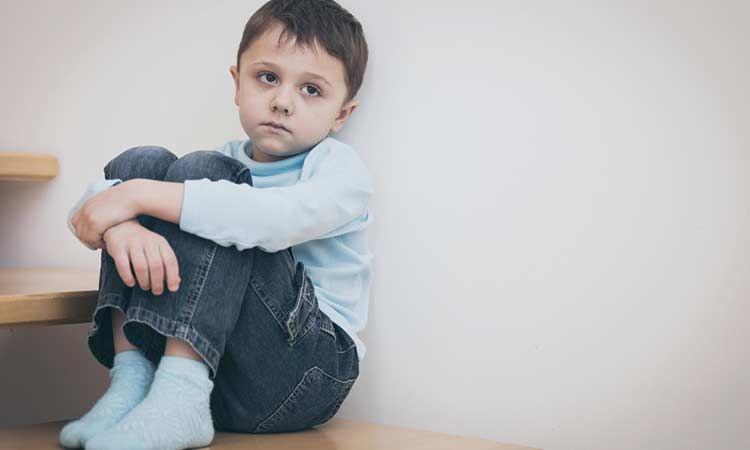IS YOUR CHILD AUTISTIC?
Your whole world came crashing down when the doctors diagnosed your little bundle of joy with autism. Why? Why only my child? Such questions arise in every parent’s mind.
Although every child develops at a different pace, children have the same developmental milestones and learn similar sets of skills about more or less the same time. This includes things like language, communication, socializing, cognitive skills like problem solving, and physical milestones like crawling, walking and fine motor skills. All this progresses when the brain develops. If any one of these skills does not develop as scheduled it may be described as a neuro-developmental disorder. Especially when skills associated with socializing and communication do not proceed as per the normal schedule, it can lead to isolation, which is where the name autism originated: Auto means ‘Self’.
Before 2013, the Diagnostic and Statistical Manual for Mental Disorders (Edition IV) described autism as one of the Pervasive Developmental Disorders (PDD), which also include Aspergers Syndrome, Childhood Disintegrated Disorder and those otherwise not specified.
Let us understand what each of these conditions mean:
-
Asperger Syndrome:
A child having no clinically significant delay in language or cognitive development but they still have difficulties in social communication. -
Childhood Disintegrated Disorder:
It is characterized by late onset of developmental delays. These children have normal development but lose their acquired social and communication skills sometime between the ages of 2 to 10 years. -
Pervasive Developmental Disorder Not Otherwise Specified (PDD-NOS):
Here the child meets some but not all features of Asperger Syndrome or Childhood Disintegrated Disorder.
Due to the similarity between the signs and symptoms and the ambiguity in diagnosis, the Diagnostic and Statistical Manual for Mental Disorders (Revised V Edition) removed these terms and replaced them with the term Autism Spectrum Disorder (ASD). It includes the previous Pervasive Developmental Disorders but uses a spectrum to differentiate the severity.
The two major areas on which clinicians base their diagnosis are:
- Social Communication and Interaction Deficits
- Restricted or Repetitive Behaviour
Autism or Autism Spectrum Disorder (ASD) is a lifelong developmental disability that affects how people perceive the world and interact with others. Being a spectrum condition, autism can affect individuals in different ways. Some may have developmental delays, learning disabilities, mental health problems or other conditions and may require different levels of support.
Causes of Autism
- Though the exact cause of autism is not known, genetics and environmental factors play a big role.
- Environmental triggers can include lifestyle factors like diet and exercise.
- The likelihood of developing autism is high in children born prematurely.
- Certain medications, drugs or use of excessive alcohol could also increase the risk of the child getting ASD.
Symptoms of Autism
Autism symptoms in each child with autism will have a different spectrum of symptoms and deficits. Some of them are as follows:
- Not responding to their name by 12 months of age
- Avoiding eye contact
- Wanting to be alone
- Having trouble understanding other people’s feelings
- Delayed speech and language skills
- Repeat words or phrases over and over again
- Aggressive behaviour
- Gets easily upset over minor things
- Challenging behaviour
The statistics on the prevalence of Autism Spectrum Disorder cases has increased drastically. One of the reasons for this can be the widespread awareness on autism among paediatricians, parents, support workers, and educators.
Autism in children is usually diagnosed by the age of 2 to 3 years depending on their developmental milestones and social skills. However for some children with milder symptoms, autism symptoms may not be recognised until they are in school. This could be because they fall into the higher functioning range of the spectrum. These children are often misdiagnosed to be suffering from Attention Deficit Hyperactivity Disorder (ADHD) or Obsessive Compulsive Disorder (OCD) due to the lesser severity of their symptoms.
Treatment For Autism
Life can become very difficult if children or adults don’t get the right support and guidance in dealing with autism. Treatment of autism and its management has to be specifically tailored for each child. It can include educational programs and behavioural therapy to improve the quality of life and functional independence.
Like all other children, children with autism have their own set of strengths and challenges. There should be a lot more importance given to what the child CAN do instead of what they CANNOT do. Their strengths and abilities should be encouraged.
After all, autism is not a disability, it is a different ability!




